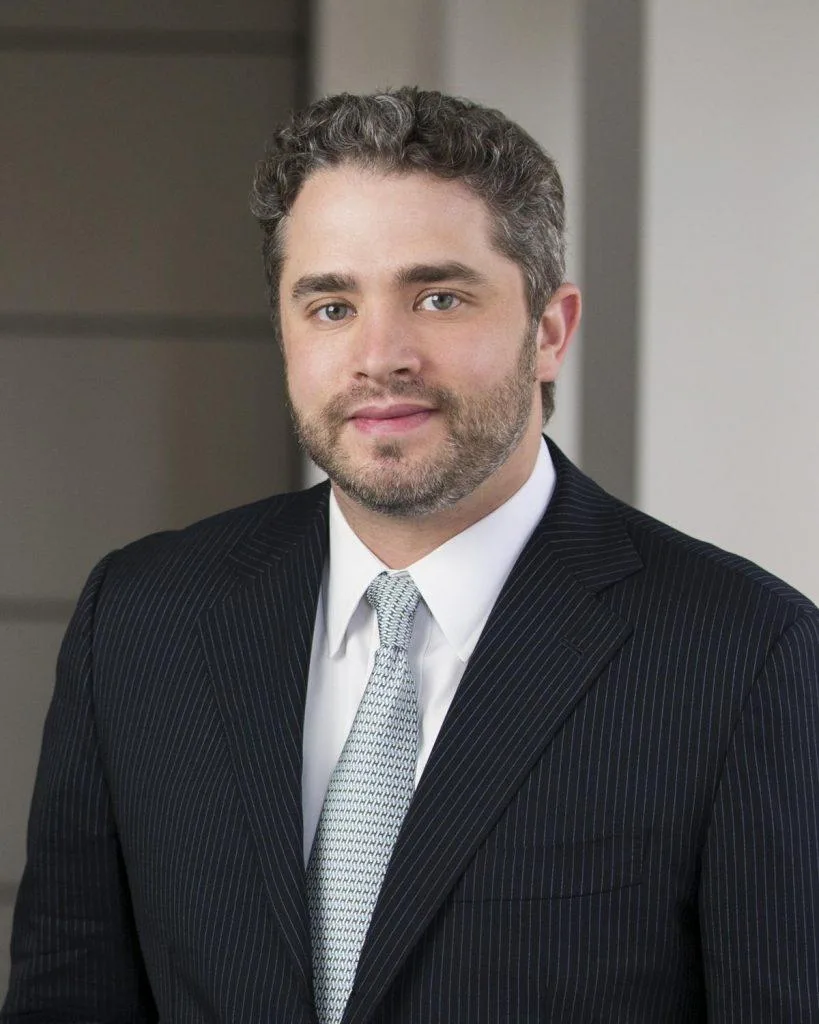Lawrence Elbaum, Partner and Co-Leader of Shareholder Activism at Vinson & Elkins LLP
When it comes to environmental, social, and governance (ESG) concerns, activist investors tend to focus much more on the “G” than the “E” or “S” – and only after they have found an economic thesis for increasing shareholder value. Looking ahead, activists may gradually make more ESG issues part of their campaigns as the proxy advisors have begun to incorporate such concerns into their reports. That’s according to Lawrence Elbaum, Partner and Co-Leader of Shareholder Activism at Vinson & Elkins LLP, who spoke to CorpGov after participating on a panel entitled “What Should Issuers Care About” at the 2019 Corporate Governance Forum. He also said he has observed more companies resolving issues with activists before fights become public, in part because issuers take precautionary measures such as hiring specialist attorneys, investment bankers, and corporate communications firms to help conduct introspective analyses. He also said that companies are well advised to acknowledge shortfalls in areas such as total shareholder return (TSR) or capital allocation – and explain why a particular strategy remains sound – before they become centerpieces of activist campaigns. He also presented three considerations issuers should be careful not to miss ahead of an M&A announcement. The full interview is below:
CorpGov: There has been much discussion of environmental, social, and governance (ESG) issues recently. To what extent have activists focused on ESG? Are they bringing it up privately if not in the context of a proxy fight?
Mr. Elbaum: Companies typically do not hear about ESG issues unless the activist has already identified an economic thesis to unlock value for shareholders. Once the economic thesis has been identified, then the company will most often start initially hearing from the activist about the “G” in ESG, arguing that poor governance led to a destruction in shareholder value. We hear less about the “S” in ESG, unless the activist has identified tabloid-worthy material, in which case, we’ll probably hear about this material privately before it is used publicly to exert pressure on the company. It is not the norm for activists to build campaigns against companies where the “E” in ESG is the centerpiece, but I suppose if the activist can link environmental shortcomings of a company to loss of value for shareholders, then presumably this could become a key and compelling campaign issue. Now that the proxy advisory firms are focusing more on the “E” in ESG in their reports, we should expect to see activists incorporating environmental themes more prominently into future campaigns.
CorpGov: What’s been going on behind the scenes? Have activists tried to negotiate more privately and even avoided making their stakes in companies secret?
Mr. Elbaum: Each year, we see more campaigns getting resolved before activists take their fights to the court of public opinion. 2019 was no exception. One reason this is happening is that boards are preparing in advance and more frequently. They are hiring specialists, such as law firms, investments banks, boutique advisory firms, proxy solicitors and corporate communications firms in “peace time” before the threat of activism is imminent to look at themselves and their companies through the lens of the activists. As a result, they are channeling their “activists from within,” which many times sets into motion a chain of events, such as board, corporate governance and business enhancements, that can convince a true shareholder activist that the company is not a worthy target.
CorpGov: Does TSR (total shareholder return) continue to be the most important factor in proxy fights and do you see that changing? At a minimum, are companies managing to train a focus on longer-term TSR rather than a few quarters?
Mr. Elbaum: TSR on an absolute basis and relative to industry and proxy peers is always a good benchmark. However, activists are not just looking at TSR on a 1, 3 and 5 year basis, as ISS and Glass Lewis are known to do. In fact, boards and management teams are increasingly being taken to task by activists for having bad TSR quarter-to-quarter. This year, we saw an unprecedented number of companies facing activists within a year from their IPO or spin-off from another public company. Activists are also taking companies and boards to task for revising guidance downward and for capital allocation blunders. One of the worst reactions to TSR, guidance and capital allocation blips is when companies and their boards fail to acknowledge that performance is lagging. Companies are well-advised to give a “mea culpa” when one is warranted and to clearly articulate why a hiccup occurred, how the board and management were prepared for it and not caught flatfooted and how the go-forward strategy still works and will lead to value maximization. Bringing on activism defense specialists once it looks like the company will experience a “road bump” is a good way to get out in front of many of the issues an activist might raise before a public spectacle is made.
CorpGov: What should companies do to prevent investor uproar ahead of announcing M&A deals?
Mr. Elbaum: There are three considerations that companies often miss before announcing an M&A transaction, most often in all stock deals or deals involving both stock and cash.
- As part of regular, “peace time” engagement with shareholders, engage in dialogue with them about the types of M&A, if any, they would like to see the company pursue and also about their views on M&A, in general. It is important to understand your shareholders’ – your owners’ – investment theses and to set their expectations as well. Often times, boards and management teams do not undertake this exercise until they are actually on a roadshow trying to get a shareholder vote across the finish line on a deal – when it is often too late to flip unsupportive shareholders.
- Companies have one chance most often to explain the deal rationale and bona fides to shareholders. This normally takes place when the deal is announced and there is a joint earnings call, press releases and investor deck from target and acquirer. These investor-facing events and materials are normally the last items the parties focus on while advisors scramble to get a transaction signed. Frequently, companies are simply not prepared with a refined message about the transaction due to this time crunch. Companies are well-advised to begin work on these items as early as possible and to rehearse. It can be very difficult to rehabilitate even the greatest transaction that is not initially communicated properly to investors and the market.
- Companies should not rush into a deal because they are dealing with public or private activism. Boards should be focused on getting the best deal with the best terms for shareholders, while being completely agnostic about how a consummated deal might affect their directorships. And by following steps 1 and 2, boards will be much better positioned to demonstrate that M&A was not self-serving or reactionary, but part of a thoughtful, ongoing and deliberate process to maximize value.
Mr. Elbaum is co-leader of V&E’s Shareholder Activism practice based in New York City. In this role, he draws upon approximately 15 years of experience as a securities and governance attorney and business advisor to counsel senior management and boards of public companies with respect to proxy contests and other shareholder activism campaigns, such as merger contests, shareholder proposals, consent solicitations, withhold the vote/vote “no” campaigns and short attacks. Mr. Elbaum also advises these clients concerning complex corporate governance matters, strategic investor relations and related litigation and investigations in the U.S. and abroad.
Over the past several proxy seasons, Mr. Elbaum has defended over 100 companies and their boards facing shareholder activism campaigns. In the last year alone, he has been a lead activism defense attorney in connection with the defense of the boards and C-suites in connection with over 30 shareholder activism campaigns brought by some of the most high profile activists in the world. He also represents select investors in connection with their activism campaigns and white squire investments. Mr. Elbaum is also considered to be a thought leader in the shareholder activism industry and is frequently sought after to sit on/host panels at conferences and for quotes in widely distributed publications. For example, over the course of the past year alone, he has participated in panels for National Association of Corporate Directors (NACD), Women Corporate Directors (WCD), The Boule (Sigma Pi Phi), Latino Corporate Directors Association (LCDA), and The Directors League. In addition, Mr. Elbaum is often quoted and/or interviewed by activism reporters for The Wall Street Journal, Thomson Reuters, The Deal, 13D Monitor and Activist Insight, among other publications.
CorpGov Contact:
John Jannarone, Editor-in-Chief
editor@corpgov.com
Twitter: @CorpGovernor






